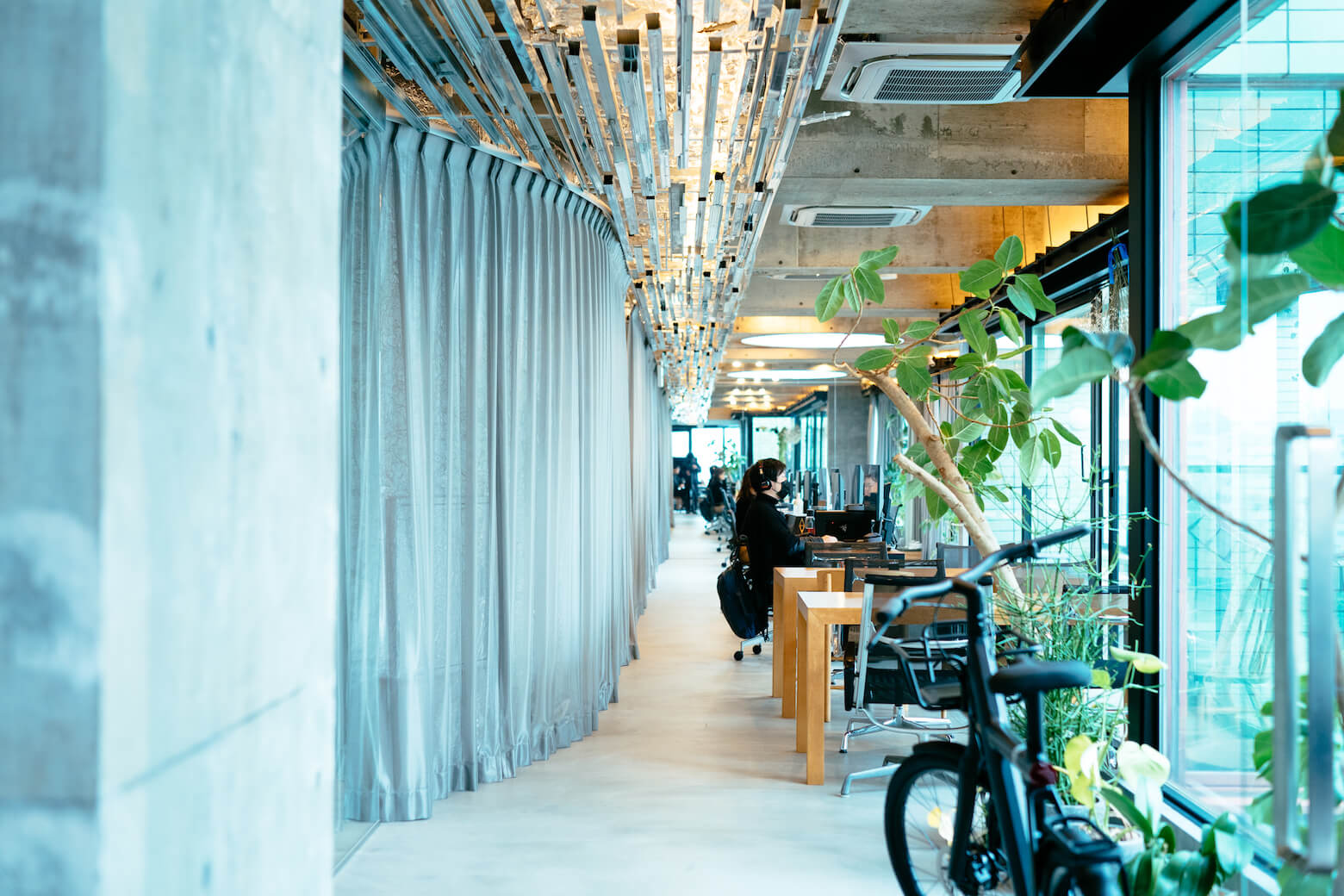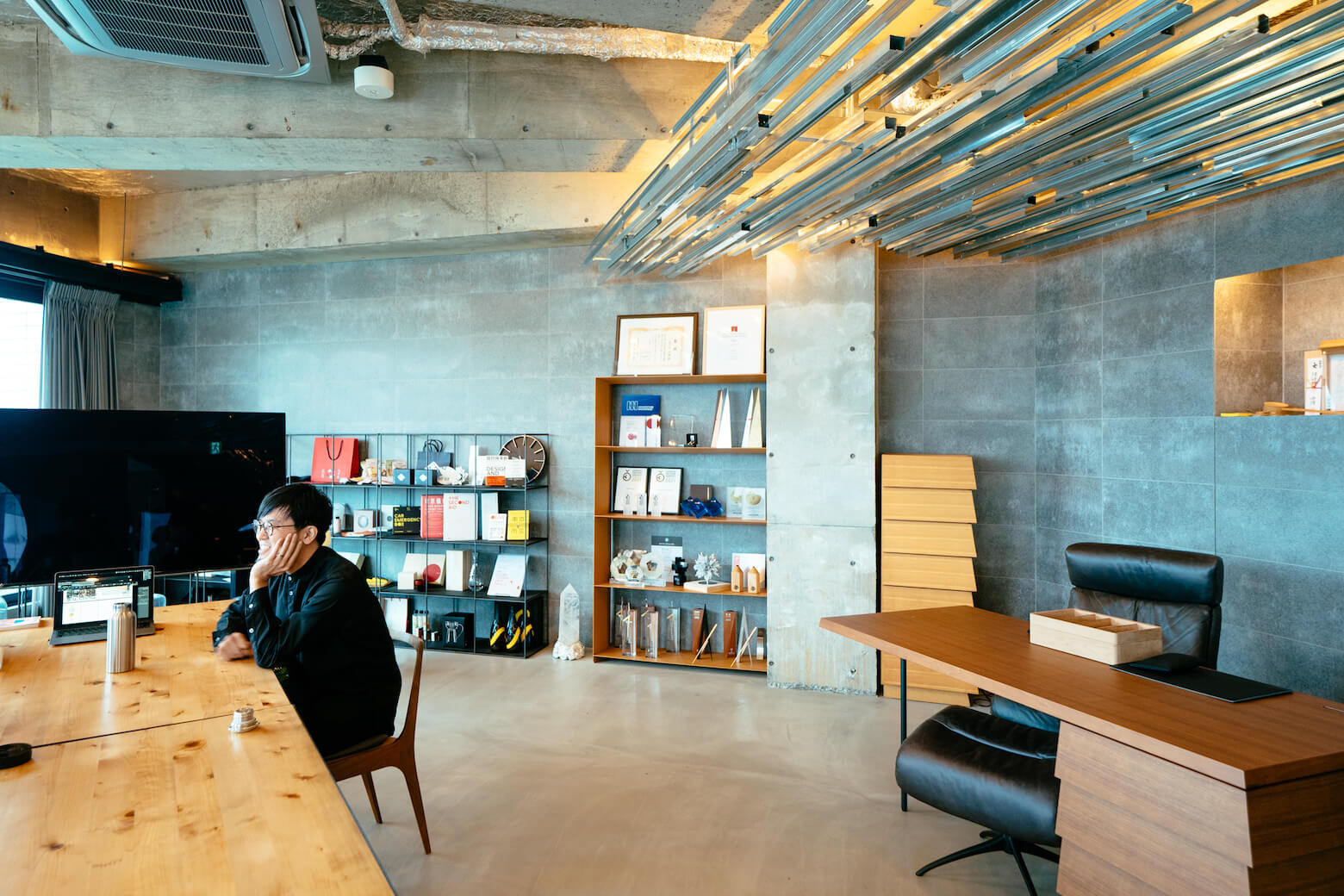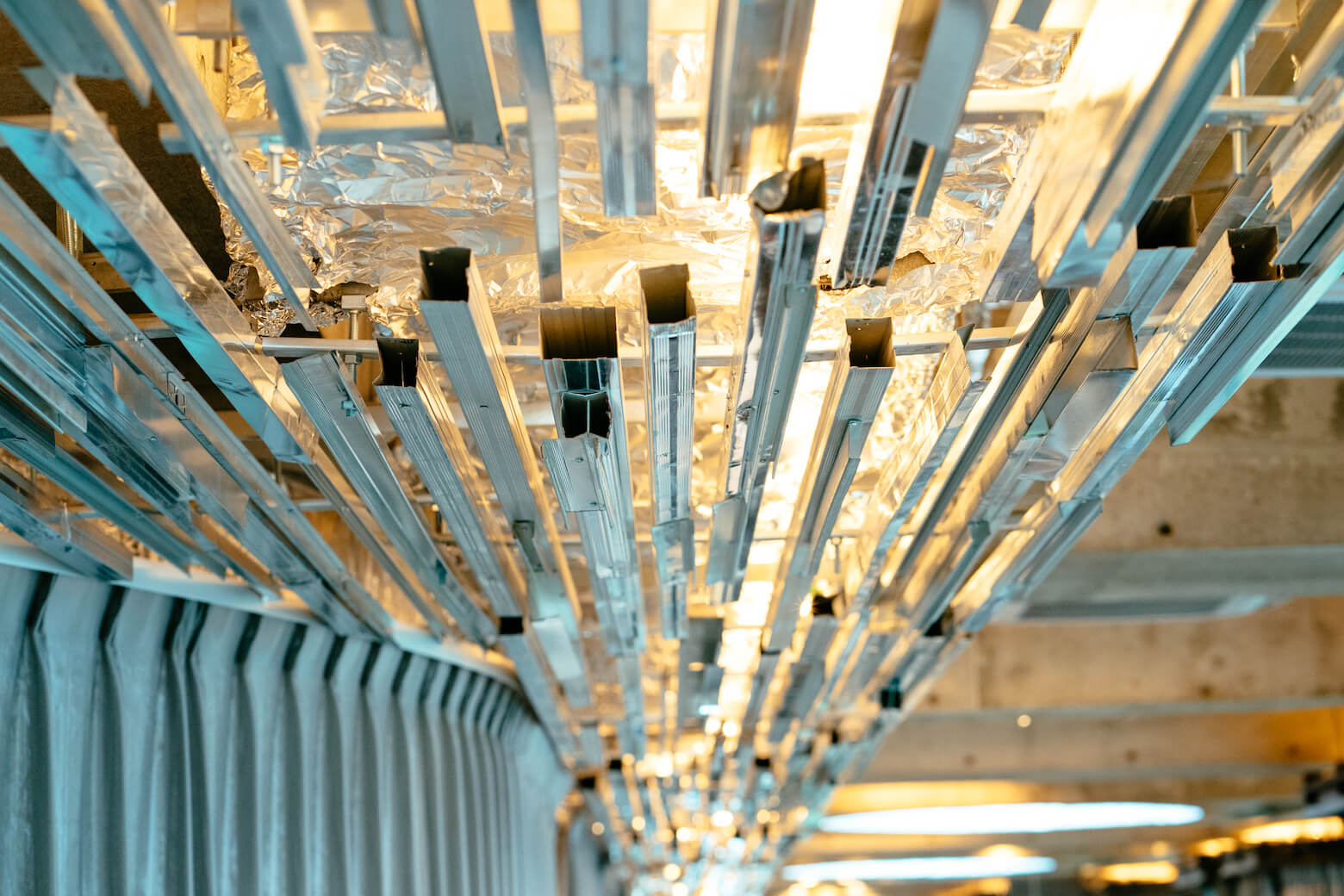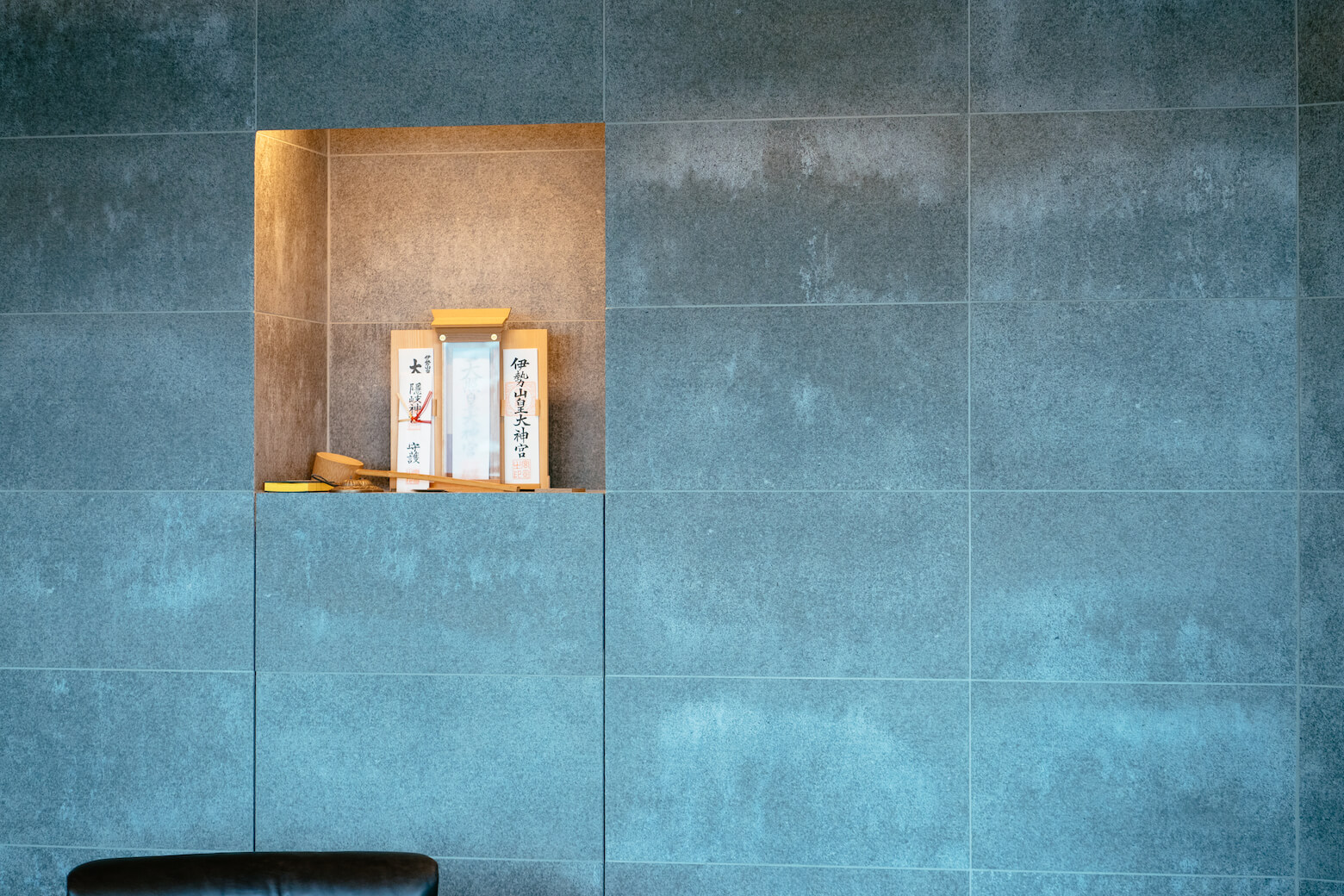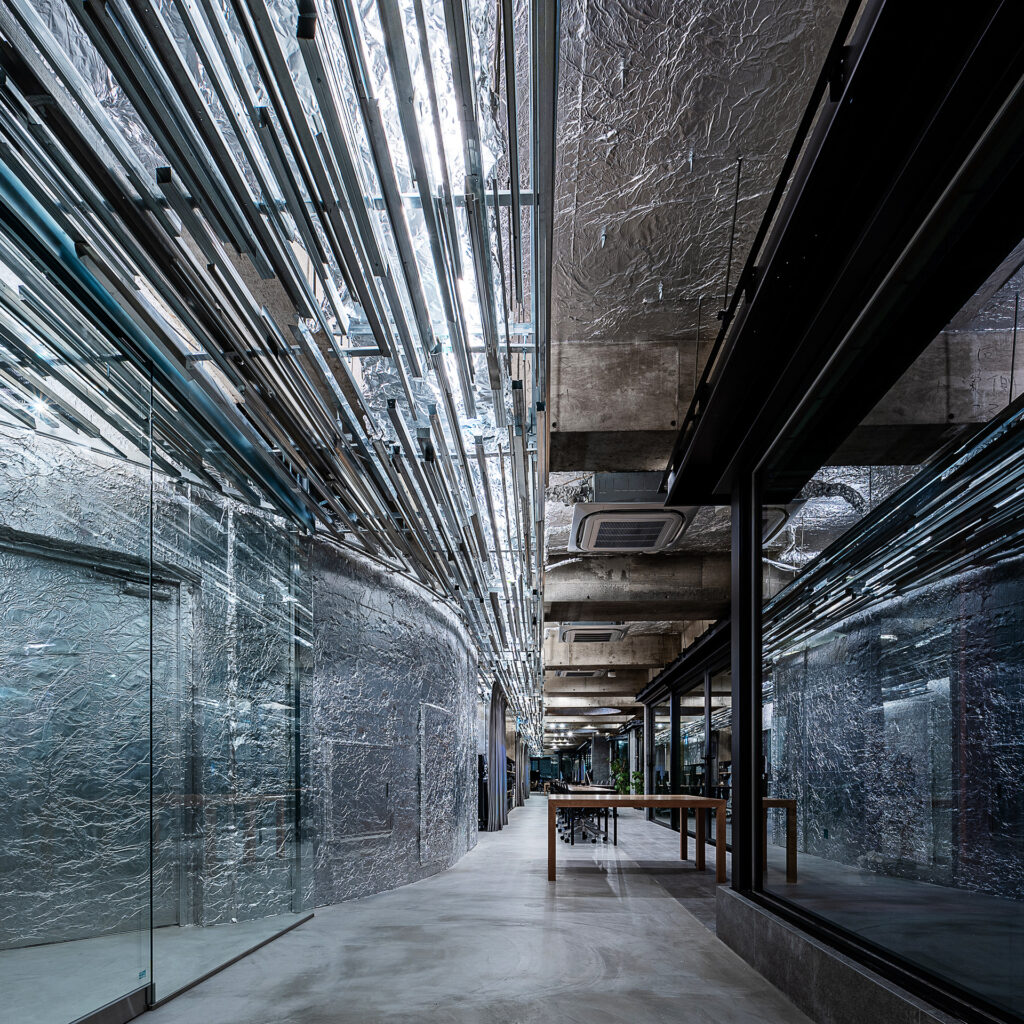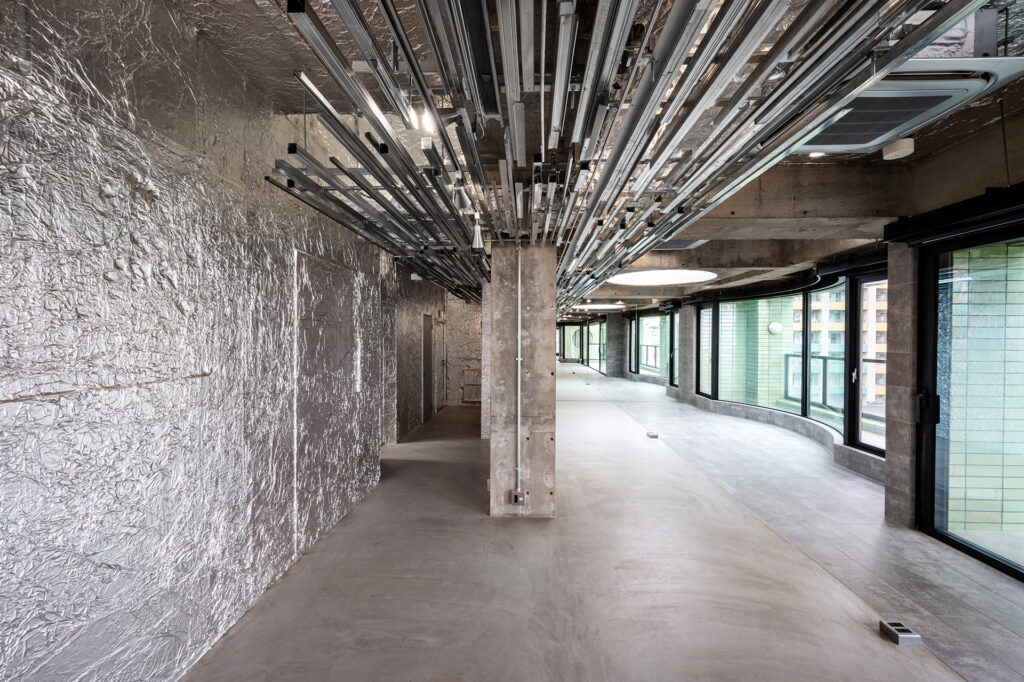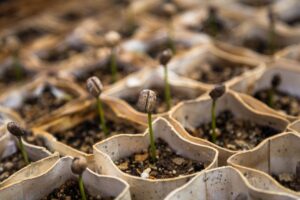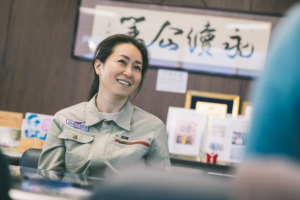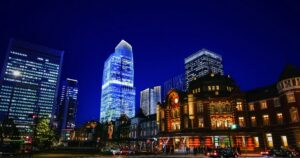Sustainability Embodied in NOSIGNER’s New Office – Turning Waste Into Construction Materials On the Spot
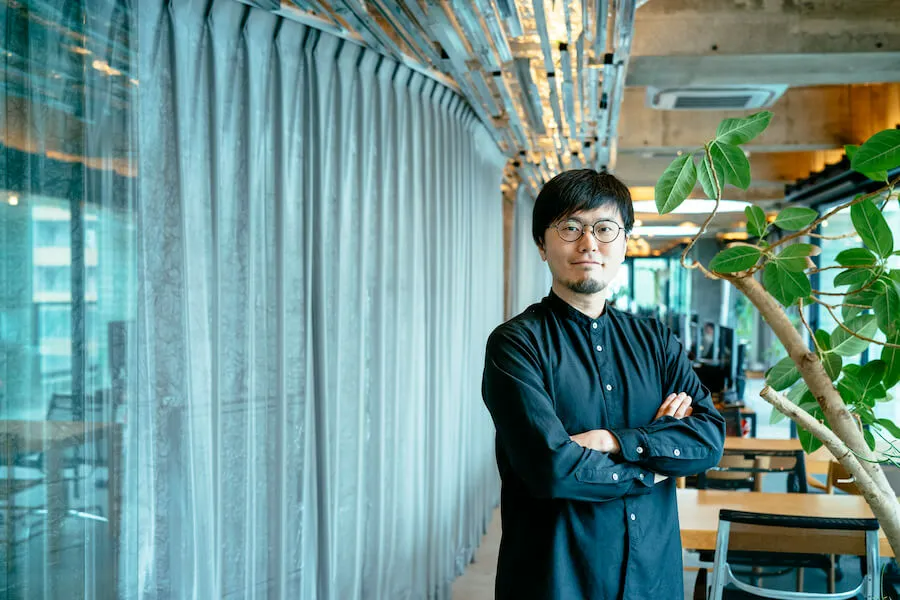
NOSIGNER embodies the possibilities of social design across different fields, such as product, architecture, and graphic design. The company has engaged in co-creation with various companies and local governments through projects such as “Disaster Preparedness Tokyo,” a manual to help prepare for disasters, and the social distancing signage “SOCIAL HARMONY.” NOSIGNER has now opened a new office on May 2021. The spaces of the office are composed of light gauge steel framing, tiles partly made of waste materials, and industrial aluminum foil, embodying the ideal of sustainability.
The companies’ Representative Eisuke Tachikawa joins us today to talk about the history behind the opening of the new office, the philosophy behind the new office design, and suggestions on how to realize sustainability. The first half of the interview will focus on the motivation behind using waste materials for spatial design, the work style that such an office makes possible, and the strategy of permaculture.
Keeping Environmental Burden to a Minimum by Reusing Waste Materials
WORK MILL:I was very eager to come and visit when I heard that you had opened a new office. The location is excellent, close to both the East Gate of the Yokohama Chinatown and the station.
TACHIKAWA : I was always attracted to this place, even back when this used to be a yoga studio. It has a roof deck with lots of light, and you can feel the changing of the seasons. Then, I heard that this space would be available.
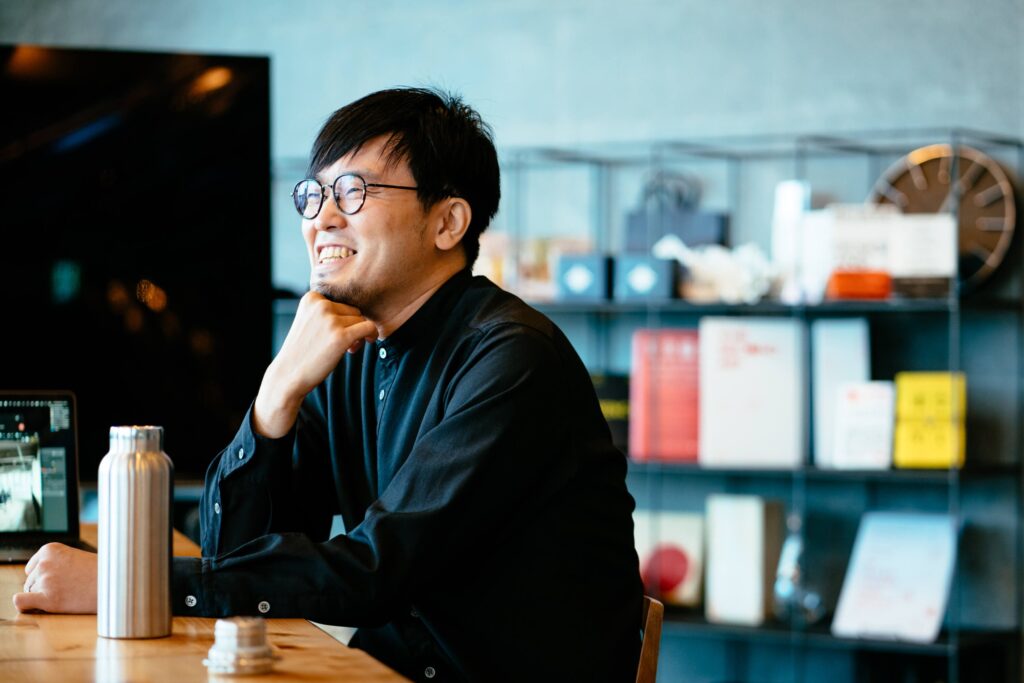
─Eisuke Tachikawa
NOSIGNER Representative / JIDA President / Creator of Evolution Thinking / Design Strategist / Keio University Guest Associate Professor
Eisuke Tachikawa is a design strategist who designs alternatives for a hopeful future and aims to renew creativity education. In order to foster change-makers in various sectors of industry, academia, and government, he advocates “Evolution Thinking,” which tells the essence of creativity from the natural phenomenon of biological evolution, and continues to work to spread creative education. He crosses the boundaries of design fields such as product design, graphic design, and architecture to create successful comprehensive strategies for numerous projects dealing with next-generation energy, regional revitalization, and SDGs.
He has won over 100 design awards worldwide, including the Good Design Gold Award (Japan) and DFA Design for Asia Grand Award (Hong Kong), and served as a judge at various award ceremonies such as Good Design Award, DIA (Design Intelligence Award), DFAA (Design for Asia Award), and WAF (World Architecture Festival). Some of his most famous projects include OLIVE, Tokyo Bousai, PANDAID, YAMAMOTOYAMA, Yokohama DeNA BayStars, YOXO (Yokohama, Japan), and the concept of the Japan Pavilion at the OSAKA, KANSAI EXPO 2025.
He is the writer of “Design and Innovation – 50 ways to create the future” (Pie International, 2016) and “Evolution Thinking” (Ama no Kaze, 2021) which won the YAMAMOTO SHICHIHEI Prize, Japan’s leading academic award selected by biologists and economists.
TACHIKAWA : We have been based in Yokohama for a long time and we believe in the importance of working close to home. We think it is inefficient for our employees to spend a long time commuting, so we provide housing benefits to those who choose to live near the office.
I live in this area as well. My children will most likely be going to a school nearby, so I am prepared to live here for at least 10 more years. That was when I found out about this place. I thought that it was destiny.
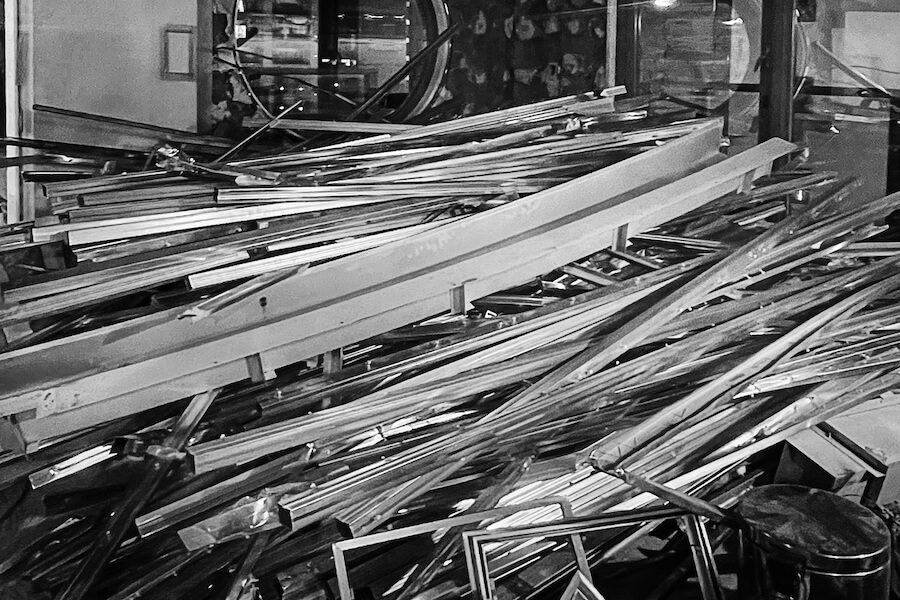
So I went for a viewing after the yoga studio moved out. It was right after the building was wrecked and I saw a large amount of light gauge steel framing littered on the floor. Light gauge steel framing is used to stabilize plasterboards and calcium silicate boards. They are a commonly used material in interior construction. Normally, they are immediately collected and then disposed of as waste or heat treated at a processing plant and partially recycled, but doing so involves a tremendous amount of transportation and energy costs.
I thought it would be a kind of case study if we could reuse and upcycle these materials as they are, rather than dispose of them or recycle them. This place alone had two tonnes of light gauge steel framing, so who knows how much of these materials are in this city, let alone Japan as a whole. If there was some way that we could utilize these materials, then it could lead to lessening the environmental burden in each city. That is why, for our new office, we decided to implement the idea of “spatial design that turns waste into construction materials on the spot.”
WORK MILL:One thing that stands out is the light gauge steel framing running along the ceiling.
TACHIKAWA : About 5 years ago we designed the office of Daisuke Tsuda, the media activist, and for the spatial design we used rubble from the earthquake disaster as interior materials. We wanted to achieve a design that would commemorate these materials as physical evidence of the disaster.
Even before that, I had been involved in open source design for a long time. With regard to spatial design, in 2012 when I designed the Mozilla office, I used transport pallets and published the blueprints under a Creative Commons license, so that anybody could create a more functional office. This philosophy is reflected in the new office as well.
Usually, we rarely have the opportunity to see light gauge steel framing, but they are commonly used within building walls and are only revealed during wrecking operations. By using these as interior materials, we thought we could get people to think “I didn’t know it could be used this way,” and encourage them to think of other uses as well. In realizing sustainability, it is important to keep the process of recycling resources as local as possible, rather than sending them outside of the area. We hope that this office can represent a case study of how this can be done.
Limiting People’s Living Areas as a Strategy for “Retreat”
WORK MILL:Even aside from light gauge framing, we produce various kinds of waste in our daily lives. But we usually do not have the opportunity to reflect on where this waste goes after they are collected.
TACHIKAWA : As I wrote in Evolution Thinking, the permaculture movement, for example, classifies our living areas into five zones, and tries to think of ways to minimize the living area in which we need to rely on resources from the natural world. The five areas are as follows.
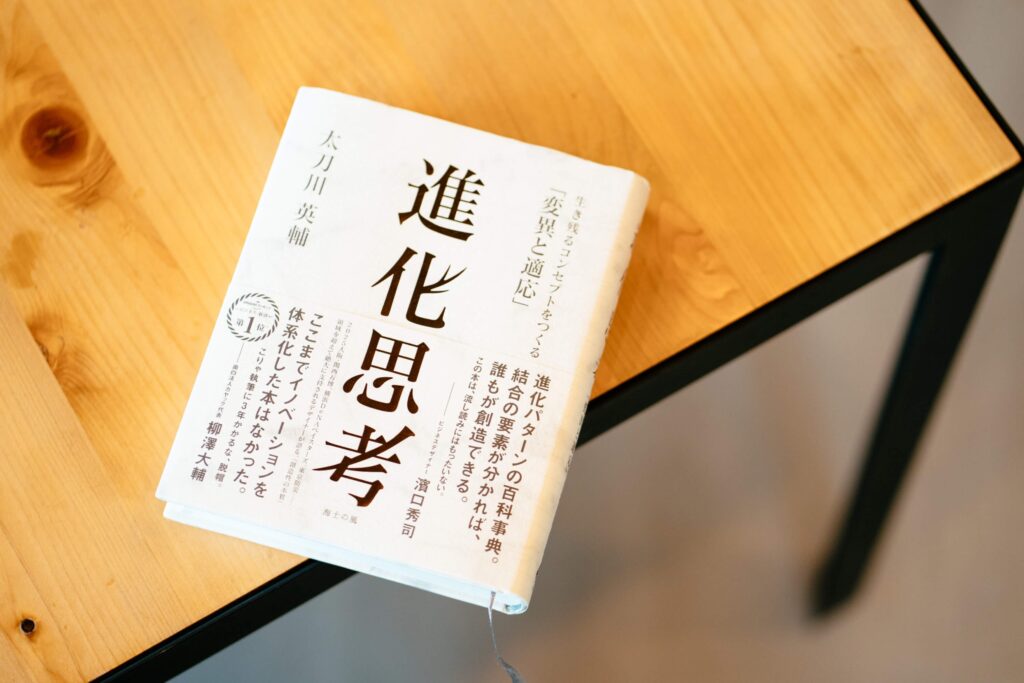
ZONE-1: The homes and gardens inhabited by residents. The area where people are most active and where waste is circulated.
ZONE-2: The area where the ecosystem can be affected by people when they occasionally travel outside for food-gathering and other activities.
ZONE-3: The area that is left as natural as possible with minimal maintenance.
ZONE-4: The area where people can enter, but that is left to nature with no maintenance.
ZONE-5: A wilderness area where people do not enter.
— From Evolution Thinking, p. 378
To decrease environmental burden, it is essential to limit people’s living areas, and to keep the circulation and reuse of waste within ZONE-1 as much as possible. In doing so, it is important to keep the relocation of waste to a minimum. In that sense, reusing light gauge steel framing on the spot is a sustainable strategy.
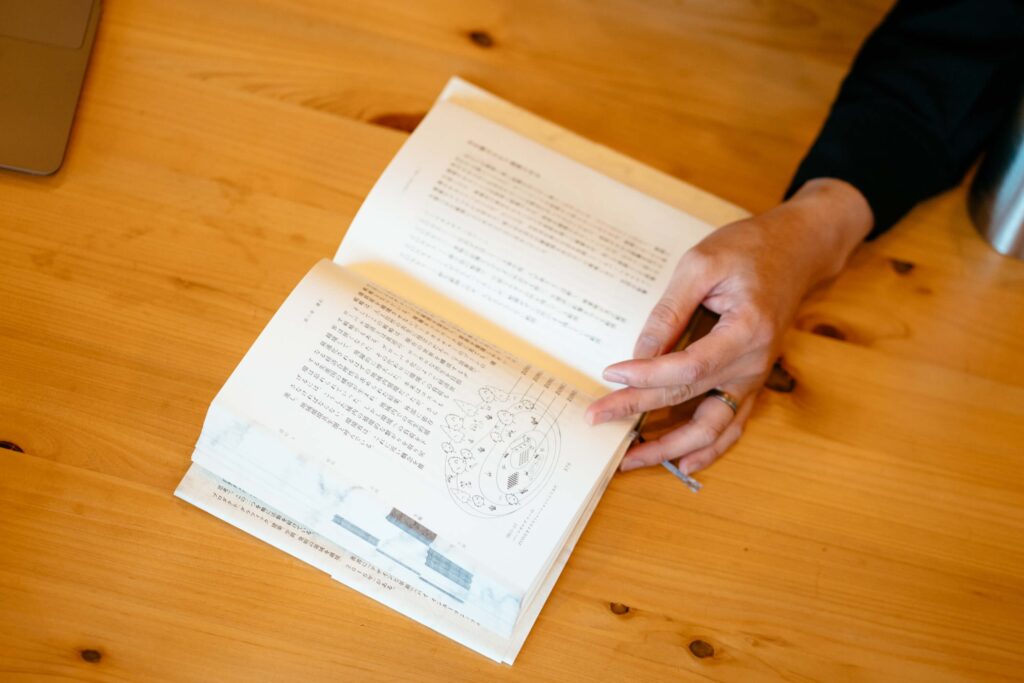
Indeed, one of the factors behind the move towards a plastic-free society is China’s ban on the importation of residential plastic waste at the end of 2017. This meant that there was nowhere to send the plastic waste that previously had been sent to China from around the world, and countries had to find a way to dispose of them domestically. However, there are limits to the domestic capacity to dispose of waste, which means that we need to limit the use of plastic. In addition, people have suddenly become more aware of the problem of microplastics in the ocean.
With this in mind, if you think of the problem in terms of permaculture’s zone strategy, we should limit people’s entry to ZONE-4, and ideally to ZONE-3. This might seem like a very strict requirement. But the biologist E.O Wilson argues in his book Half Earth: Our Planet’s Fight For Life that it is necessary to turn half of the world into a human-free natural reserve. Considering that three quarters of the world’s surface is under the influence of humans in some form, this is no mean feat.
Human society, with its history of continual development, lacks the know-how to make a retreat. However, I believe that reusing waste materials is one effective way to realize this.
WORK MILL:So, Keeping your home and workplace close together might be seen as a way of limiting movement and keeping our living areas within ZONE-1.
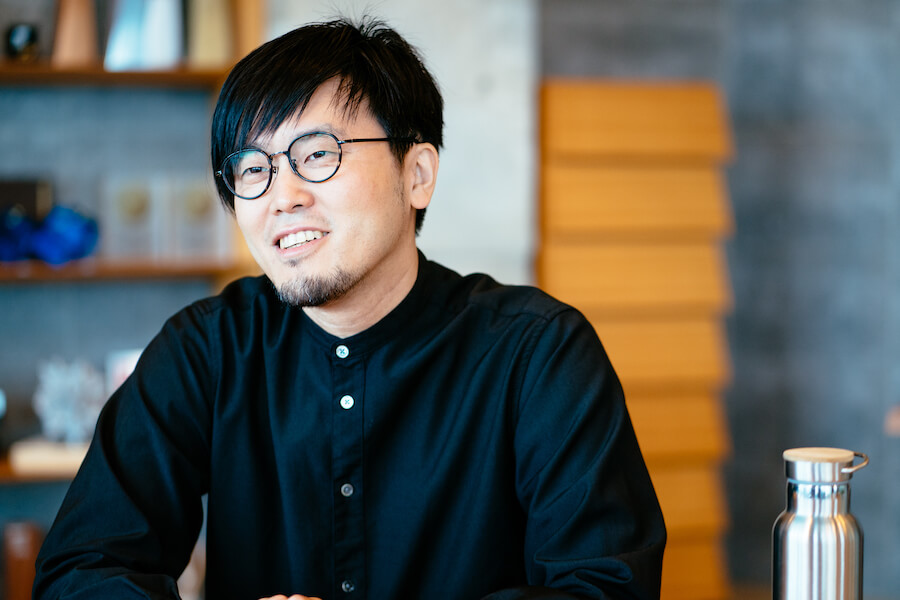
TACHIKAWA : Exactly. In addition, with remote work becoming more common, we can do most things at home now. I believe this will have a positive effect on the environment. Unfortunately, I think that those of us in the design industry will not be able to work fully remotely. In order to do design work, you need to confirm the measurements yourself, and you need some place to do the manufacturing.
At our company, we have a lab near our office with a 3D printer and machining tools. So we compartmentalize our work…creating the hardware at the lab and the software in this office. During the state of emergency, we limited commuting to a minimum. Currently, we have about three quarters of our staff coming to work at all times.
Creative Complacency Leads to Wasted Resources
WORK MILL:Have you noticed any changes since you started working at this office?
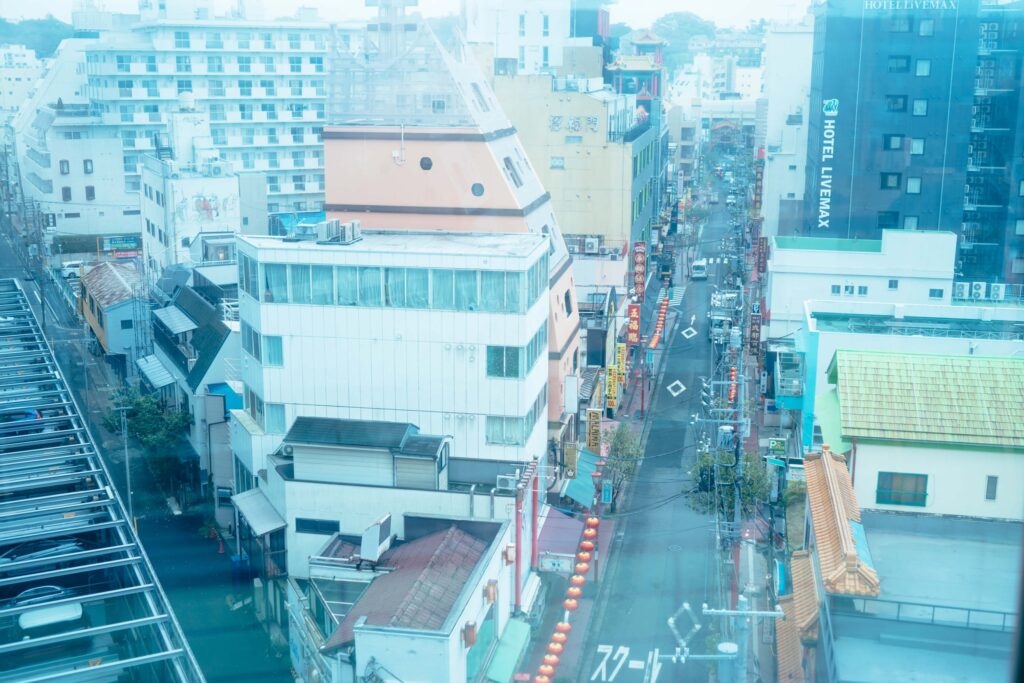
TACHIKAWA : This office embodies the ideal of sustainability, in a sense, and I think this gives people a better sense of NOSIGNER’s stance. Since our foundation, our stance has been “to only engage in design with social significance.” But at first people were skeptical of the concept of social design and viewed it as hypocritical, and we did not have much support.
But now, it is taken for granted that design can contribute to solving social issues, and it is easier for us to connect with people who agree with our principles. Just the other day, I had a talk here with Arthur Huang, CEO of Miniwiz, and Sumiyuki Nakadai, CEO of Nakadai Co., Ltd., about upcycling and sustainable systems. We are living in an age where we can connect with similar-minded people from around the world.
Besides this, we have engaged in a variety of projects here, such as joining the executive board of a renewable energy company, consulting for a hydroenergy company, and creating “PANDAID,” a website for saving lives during the pandemic. Although, I think there is a tendency to view NOSIGNER’s portfolio as lacking unity. We prefer to invest our creativity in facing up to various social issues and to the resulting necessities, rather than sticking to a style that relies on a specific method. As a result, it might seem at first glance that our output is a mixed bag.
However, our designs are functional in a visible and materially evident way. We want to maximize this impact. In order to achieve this goal, we might utilize the waste materials at hand for spatial design, or utilize unused plastic files to make face shields. This comes naturally to us and represents an ideal that we aspire towards.
WORK MILL:Could we say that focusing on problem-solving, rather than establishing a specific style, comes from your sense of mission?
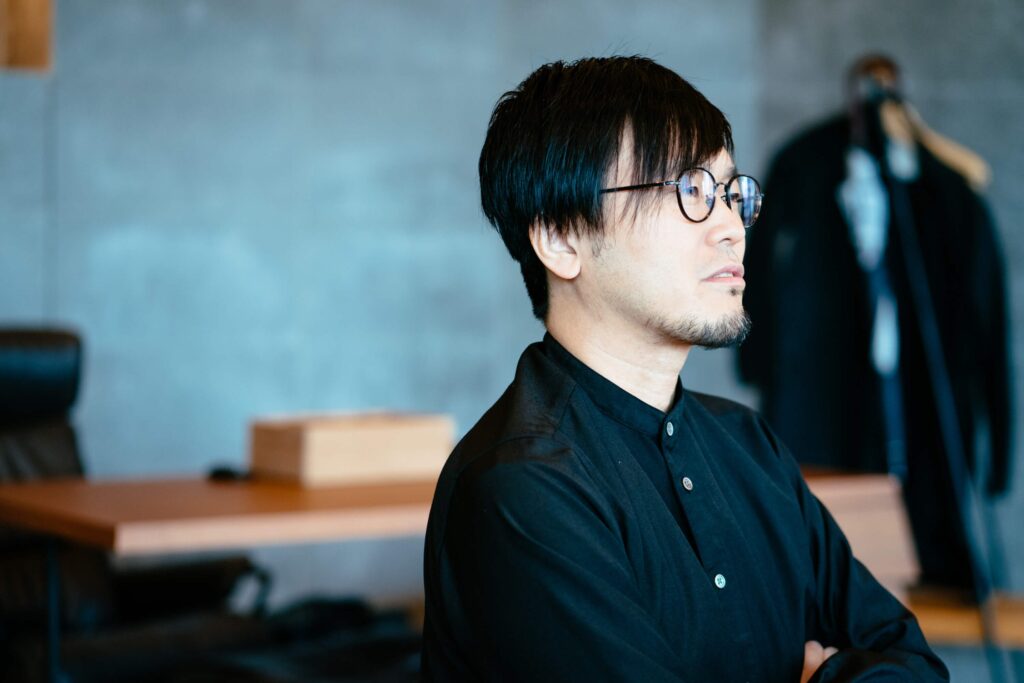
TACHIKAWA : I would say that it is not so much our sense of mission as it is using our creativity to solve the issues right in front of our eyes in a natural way. Today, we have terms such as “sustainability” or “design,” but human beings have naturally engaged in such activities, even before we had such words. It’s the same thing as cutting up an animal and eating its meat, and then using its fur to make clothing…
We instinctively avoid waste and want to make good use of the resources in front of us. It is as simple as that, but in an oversaturated society that has reached the end of its development, people do not need to use their creativity and many do not want to expend the intellectual effort. However, the belief that we can survive while adopting this wasteful stance is a kind of fantasy.
WORK MILL:You could say that right now we are simply putting off the problem by continuing to use up our finite resources.
TACHIKAWA : Many people are not even aware that they are doing so. You could say that society as a whole is designed to prevent them from becoming aware. In reality, the Earth has already experienced six mass extinction phases. Human beings are dependent on various ecosystems, even while putting off our problems to the future, but our economic system allows us to live our daily lives without becoming aware of this fact. In a sense, you could be perfectly happy, provided you only cared about the present. But such a lifestyle will not last, and I think that it would be creatively complacent for human beings to fail to recognize the resources in front of their eyes and to dispose of them as waste, as a result.
The first half the interview ends here. In the second half of the interview, we will talk about the “craftsman’s” perspective necessary for sustainability, and the potential for creativity that everyone has within themselves.
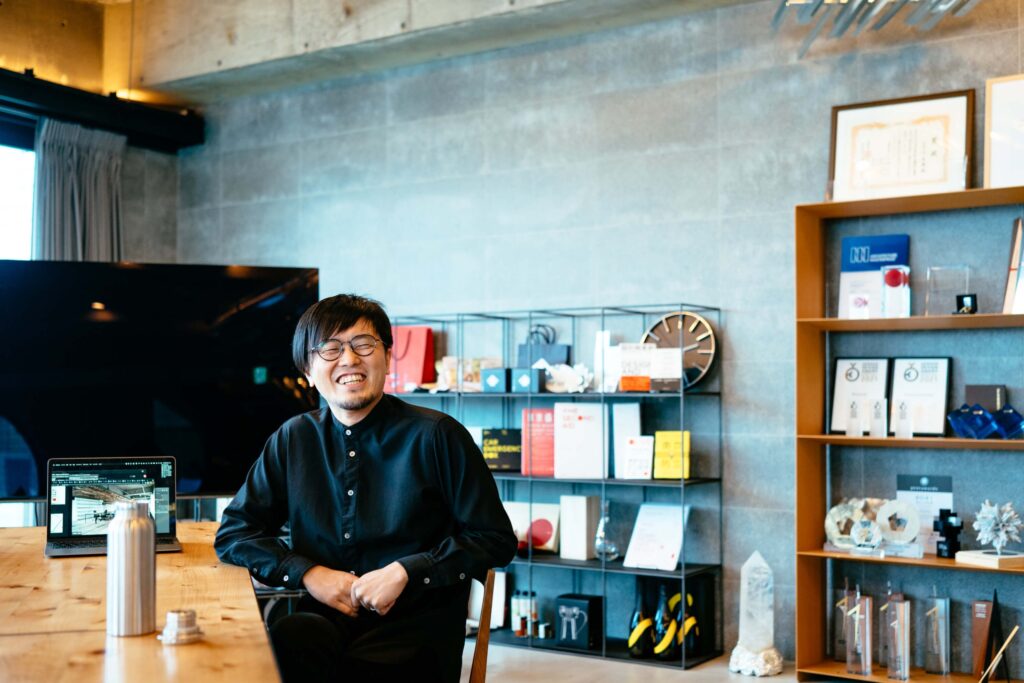
Updated June 22 2022
Interviewed Nov 2021
Text:Sachiyo Oya
Photos:Hajime Kato
Photo courtesy:NOSIGNER




